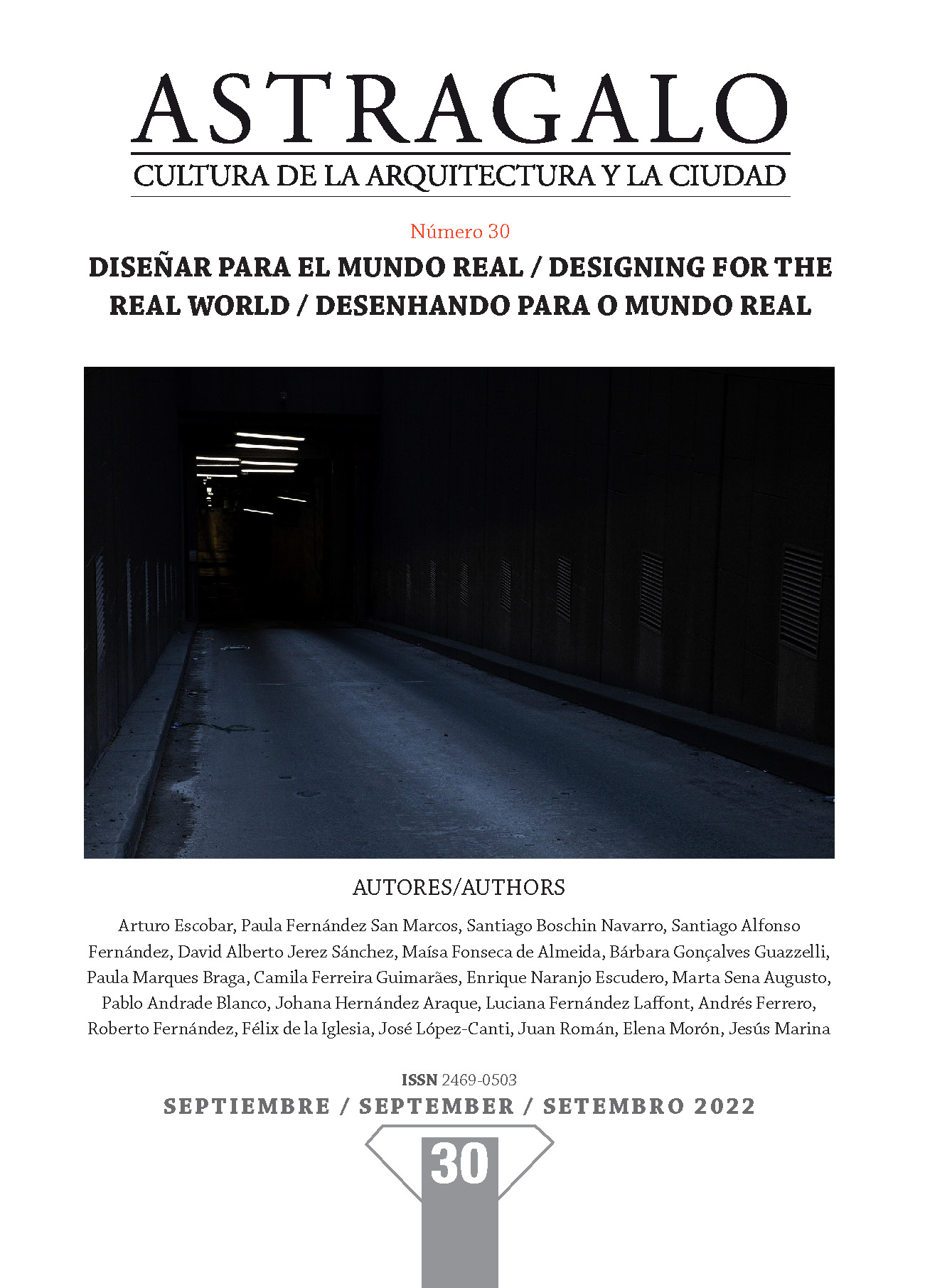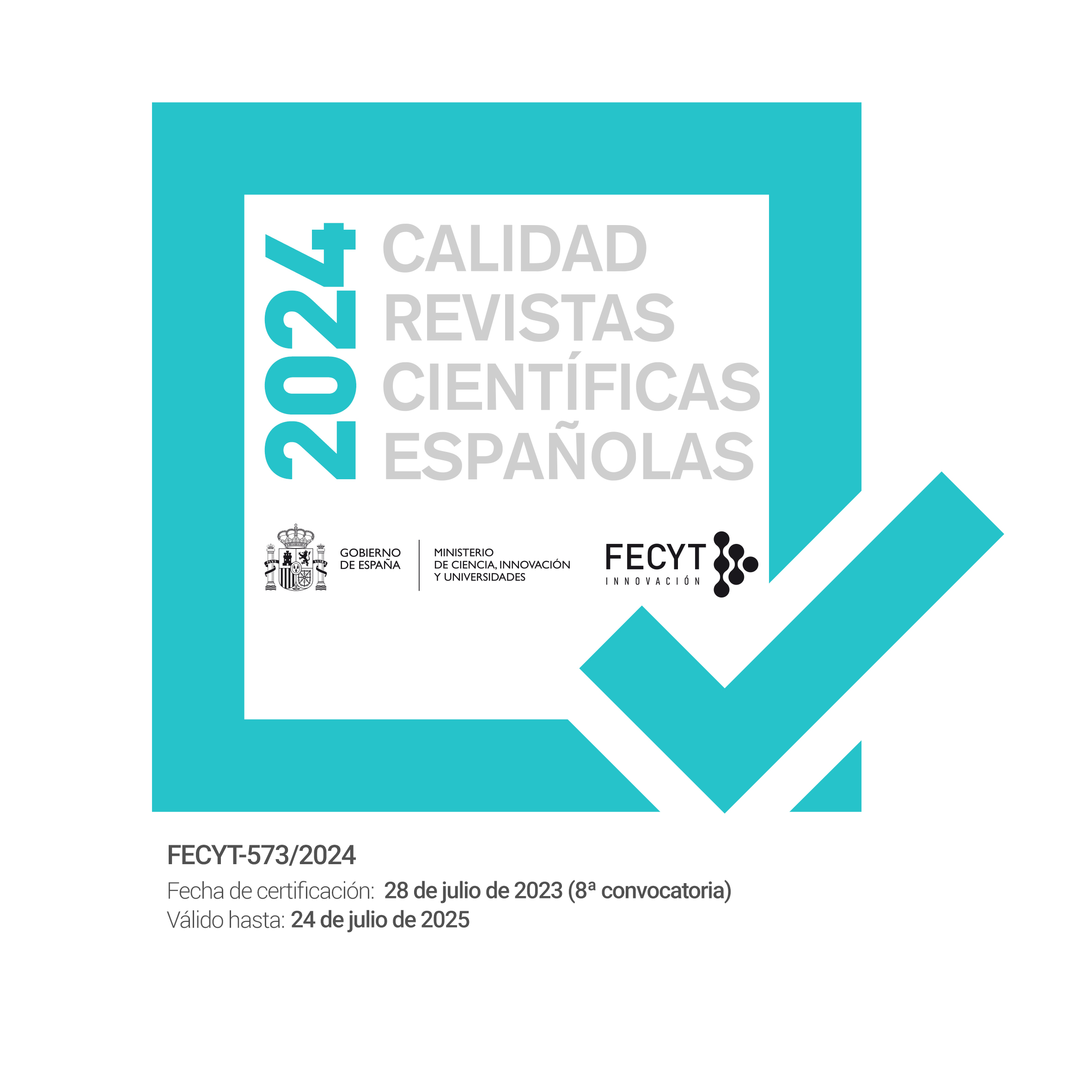The de-atomization of drawing: memory, a walk towards the real world.
DOI:
https://doi.org/10.12795/astragalo.2022.i30.07Abstract
The act of drawing can be an interpretation and reading tool that allows the integration and organization of information and experiences, configuring political mobilization. If drawing can be recognized as a political act and it is based on observation, covering issues of memory, knowledge, senses and perceptions, intention and action, in the face of the rupture with place and bodies, in which way the drawing would be emptied of its political sphere and its civic dimension?
Seeking to answer these questions, the construction of this text allowed an investigative path, as a design methodology to the new demands brought by the instantaneity of contemporaneity, captured by the commodification of spaces, plans and dreams and the fragmentation of memory. The essential issue of drawing is here recognized as ontological, and the act of drawing corresponds to representation of different ways of being and inhabiting Earth. Thus, the immaterial character of memories and identities are fundamental for the understanding and recognition of the multiplicity of worlds and meanings.
The process of de-atomization of drawing, in which memory can be recognized as an instrument of resistance and opposition to relations of power and dominance, allows subjects and collectives to be made visible, according to a counter-hegemonic perspective. In this sense, (re)thinking the design of the city requires considering the particularities of those who are part of it, considering its cultural landscape, which represents aspects that shape its identity and memory. Making visible what was hitherto invisible is one of the paths to the pluriverse world.
Downloads
Downloads
Published
How to Cite
Issue
Section
License
Copyright (c) 2022 Maisa Fonseca de Almeida, Barbara Goncalves Guazzelli, Paula Marques Braga

This work is licensed under a Creative Commons Attribution-NonCommercial-ShareAlike 4.0 International License.


















